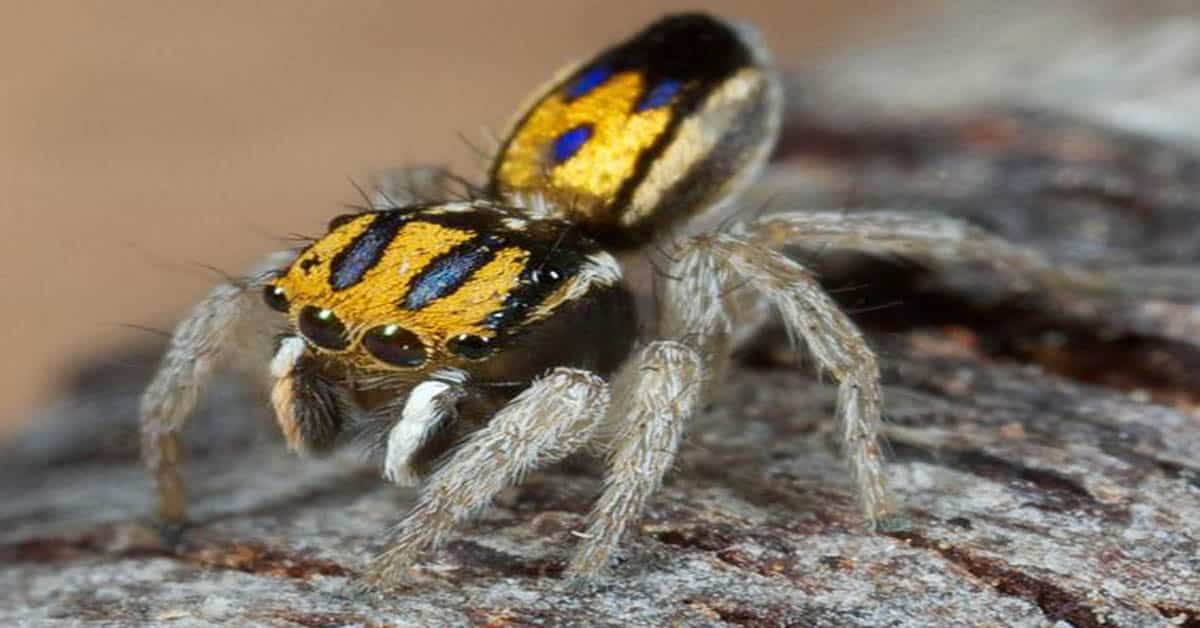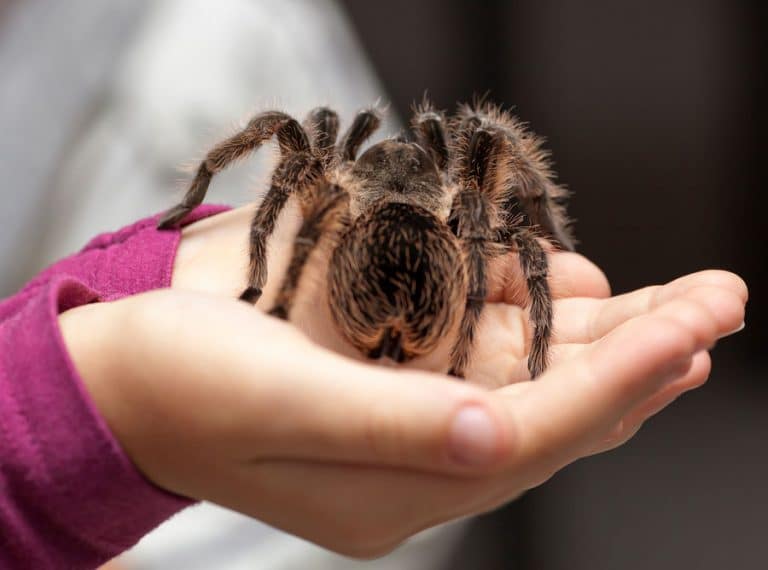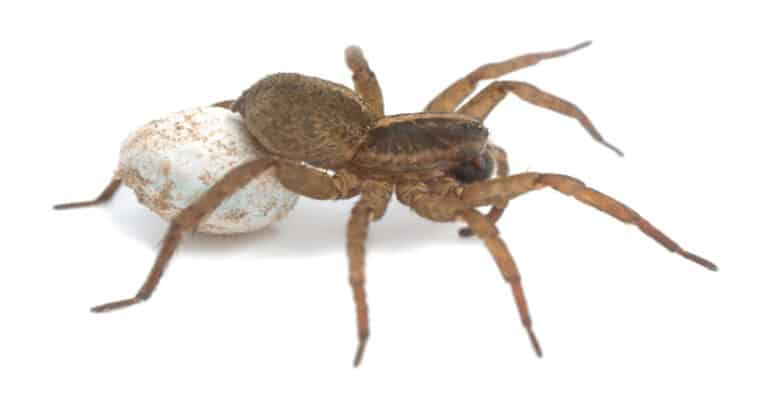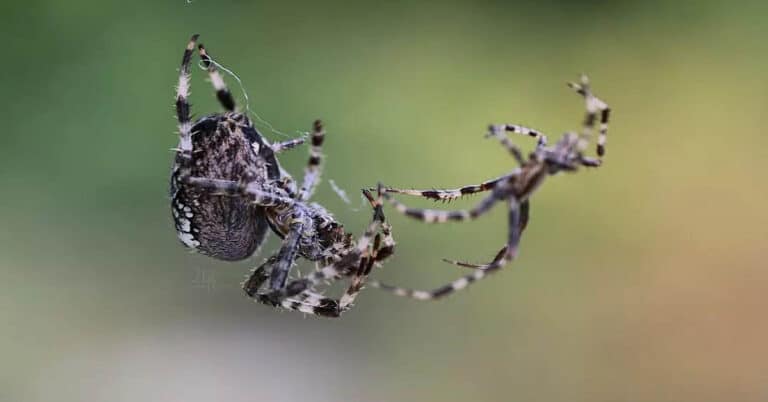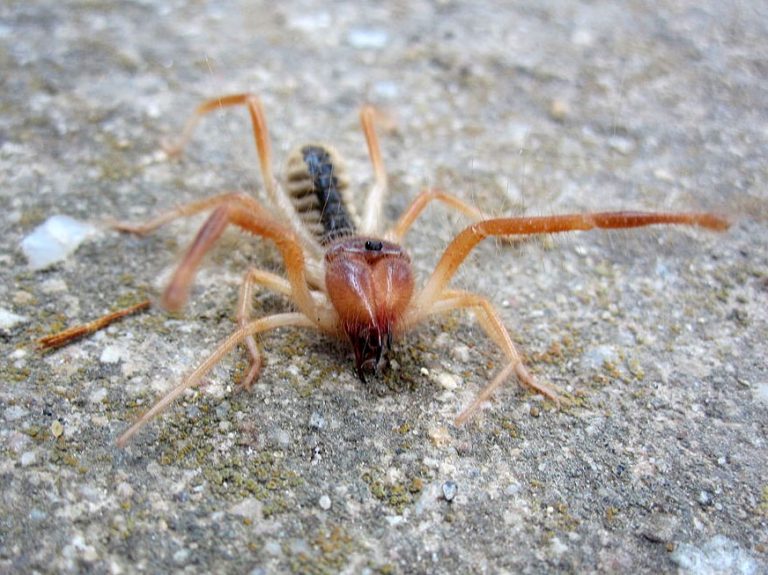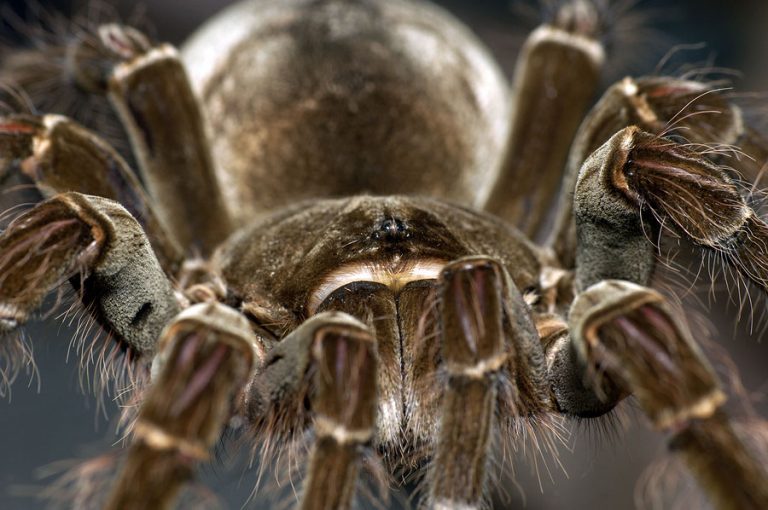How Long Do Spiders Live?
Even though many people are afraid of spiders, they are very interesting creatures and have a pretty intriguing existence. We can all agree that some of the spider’s habits are truly amazing, and learning more about them can be a very entertaining thing to do.
Since you came across this article, you must be wondering how long do spiders live. So, let’s explore amazing spiders, their habits, life cycles, and most importantly, how long do spiders live.
The Life Cycle of Spiders
Almost all spider species have a similar life cycle with a few differences. So, before exploring how long do spiders live, let’s discuss the life cycle of those little insects.
Fertilizing and Hatching
The life of the spider starts once the eggs are fertilized. Females have the unique ability to keep the sperm reserve until they wish to fertilize the eggs. After fertilizing, the eggs typically hatch in a few weeks, depending on the species. However, if the weather outside is cold, the eggs will not hatch until the temperature rises. Females of some species also can get eggs from the sacs as they wish.
Spiders newly hatched from the eggs are known as “spiderlings.” There can be up to 1,000 spiders in one sack. The mothers often carry around the sack they have placed on the back. Once they find the protected sheltered area, they attach the sacs.
Baby Spiders
Baby spiders have just the same look as their mothers, but the difference is only in size. They are tiny. They are not dependent on the mother from birth and are free to go. Also known as spiderlings, baby spiders run away once they get hatched. They have the ability to spin the web, and the legs are pretty strong too. They move around by shooting the web in the air, and this is how they get attached to specific plants. This action done by the baby spider is called ballooning.
The color of baby spiders is typically gray, brown, or black. Yet, some species can have specific markings or patterns.
At first, the body of the spider is very soft and vulnerable. Therefore, they need some time to form the exoskeleton. Typically, the females need more time to grow because they are bigger.
Adult Spiders
Once the spider reaches the adult stage, survival gets easier, and it affects how long do spiders live. The majority of spider species become adults within a few months of hatching. Once the spider becomes an adult, it has the ability to breed. Some species, such as tarantulas, keep molting even during the growth process.
All of these species of spiders have an expanded belly, an eight-legged cephalothorax, and an eight-legged body type. Additionally, spiders have fangs in their mouth. Those fangs are used to squirt poison. Their size, design, and pigment all vary widely and are dependent on specific species.
Some of the species in this category have bodies that are hardly visible. The smallest species only reach a length of 0.015 inches. On the other hand, the biggest individuals in this group can grow to be at least one foot wide in diameter.
This group’s species can be found in a broad range of ecosystems. These organisms may be found in a variety of environments, such as forests, wetlands, woods, deserts, grasslands, and others. They can be found in burrows, bushes, trees, houses, and abandoned buildings. So, pretty much, they can be found anywhere in any environment.
These spiders live almost everywhere. Their habitat is on every continent except Antarctica. Every specific species has a distinct range and distribution.
How Long Do Spiders Live?
So, how long do spiders live? Spiders that have the shortest lifespans are common house spiders. They can leave for up to one year. Yet, the tarantula is among the longest-living spiders. The average lifespan of tarantulas is 15-25 years; however, females can live longer. That is why tarantulas are often good house pets and loved by kids and adults alike. They can live longer and can survive in a small space.
Female brown tarantulas can live as long as 35 years. Typically, female spiders have the genetic strength and ability to survive longer. Some species even kill the males after mating.
Some tarantulas can even reach the age of 30 years in a favorable environment. The common barn funnel weaver can live up to 7 years. Famous black widow spiders have a shorter lifespan and live approximately 3 years.
The world’s longest-living spider was an eight-legged, quadragenarian spider found in Australia. It was called Number 16. It was attacked by a parasitic wasp, and it died as a result of this. The age of the spider was 43 years. Yet, the arachnid that has the second longest lifespan was found in Mexico. It was a tarantula and lived for 28 years.
How Long Do Spiders Live Without Food?
How long do spiders live without food is greatly dependent on their species. Large spiders have the ability to survive for longer periods of time. Yet, the average length of the time varies between 30 and 60 days.
Spiderlings also have the ability to stay alive without food for almost the same length of time as adults. Their eating routine is not specific — they will only eat once the prey is available for them.
Spiders are carnivores, meaning that they eat prey that is either killed or even alive. The availability of prey greatly influences how long do spiders live. For example, the majority of spider species consume small insects. The insects get trapped in the nest and, until they get tired of fighting, they give up. Then the spider goes to them and has a feast. The common food that the spiders enjoy the most includes:
- Ants
- Moths
- Gnats
- Flies
- Mosquitos
- Earwigs
- Crickets
- Cockroaches
- Centipedes
- Other species of spiders
There are hunting spider species that do not tend to make webs. Instead, they just hunt down the insects that are larger in size.
Spiders are solitary creatures. They prefer to stay alone and do not live with other spiders in groups or in colonies. This affects how long do spiders live. House spiders are considered to be pretty aggressive. They like to be alone in the area because it increases the chance that they get to catch more prey, and there is no need to share.
The spiders have the ability to live without food for a long period of time, yet if they have the possibility, they will eat often. They have great patience and, once they set up the web, wait for the victim patiently. Those creatures need water for survival. The hydration is often received from condensation, dew drops, pet bowls, or other sources.
How Do Spiders Survive from Predators?
Predators and threats greatly affect how long do spiders live. Spiders employ a variety of defense mechanisms to save themselves from threats. Autotomy is one of the most strange and interesting things that they do. This is the spider’s capacity to amputate one of the organs. If a predator grabs one of its legs, it can remove it from the body. The joint of the coxa-trochanter is the location where the leg separates from the body. Amazingly, young spiders may grow new legs. During the following molt, a small, segmented leg emerges from the coxal stump.
Other tactics include behavioral tricks, such as the spider directly displaying warning colors on its body or eluding a predator by pretending to be dead on the ground.
More cunning techniques include imitation and mimicry. Because of this ability, they can blend in with nature. Some species visually look like more dangerous creatures. It has enormous survival importance, particularly during the day, in order to escape or repel predators who would otherwise consume the spider.
Great examples of those behaviors are found in Two-tailed spiders. They have colors that help them blend in with the natural environment, like camouflage with foliage and barks. When the prey approaches those spiders, they rotate, run rapidly in circles, and surround the prey with silk bands.
The spiders go to the burrow for shelter to protect themselves from predators like bandicoots, birds, scorpions, and centipedes. While molting, they can get in the burrow and secure themselves with the silk from the top.
Those interesting creatures make doors, tunnels, and chambers in some burrows. So, they have a way to go and survive if something tries to attack. For example, the Idiosoma nigrum spiders use their thick abdomens to cover their burrows and make them impossible for invaders to access.
Bottom line – How Long Do Spiders Live?
It is very difficult to say straightaway how long do spiders live. The lifespan varies in different species. More than 45 000 spider species fall into the 132 families. Each of them has individual traits and habits. Therefore, the lifespan is also individual to all.
So, how long do spiders live? Some live less than a year. House spiders fall into this category. Yet, others may have a longer life and even reach the age of 30 years; such spiders are tarantulas. One interesting fact is that females typically live much longer than males.

Nato is a content writer and researcher with a background in psychology who’s eager to explore the wonders of nature. As a travel enthusiast and animal lover, she hopes to inspire others to discover and cherish the beauty and importance of the natural world.

